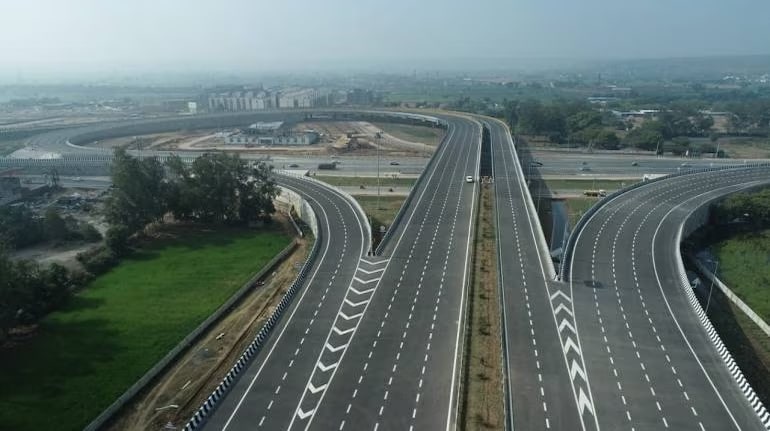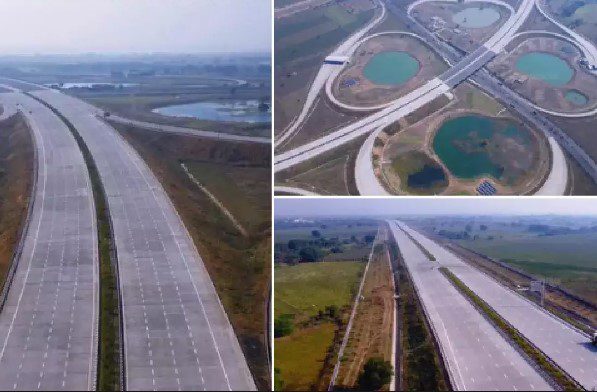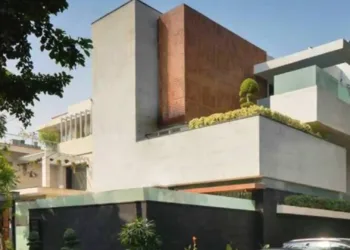Prime Minister Narendra Modi originally inaugurated the first section of the eagerly anticipated Delhi-Mumbai expressway on February 12. The public will be able to travel on the 246-kilometre Delhi-Dausa-Lalsot portion, which will cut the trip from the capital to Jaipur by around three hours.
The recently inaugurated Delhi-Mumbai Expressway garnered immense attention on social media as pictures of its stunning infrastructure circulated widely. With a significant reduction in travel time from nearly 24 hours to just over 12 hours, this expressway is poised to revolutionize transportation between Delhi and Mumbai. Furthermore, spanning a distance of 1380 km and boasting eight lanes, this motorway is anticipated to benefit other cities along its route by decreasing the distances between them.
What does the Delhi-Mumbai expressway bring to India?
Nitin Gadkari, the minister of roads and highways, had previously stated that the expressway’s Sohna-Dausa section “would facilitate a hassle-free 2-hour trip between Delhi and Jaipur.” By the end of 2023, the project is expected to be finished after work began in 2018. The expressway’s construction has a ₹98,000 crores initial budget.

The Ministry of Road Transport and Highways asserts that it will cut the distance between Delhi and Mumbai by 180 kilometres. Plans exist to eventually convert the motorway to a 12-lane highway, depending on how much traffic it receives.
According to the Ministry, the shorter travel distance and duration will save more than 320 million litres of fuel annually and cut CO2 emissions by 850 million kg. Additionally, it is planned to plant almost 2 million trees and bushes alongside the road.
For the project, the Ministry has purchased more than 15,000 acres of land in five different states: Delhi, Haryana, Rajasthan, Gujarat, and Maharashtra.

It will take a huge effort to complete the construction. The highway is expected to require more than 12 lakh tonnes of steel, which equates to 50 Howrah bridges when built.
Additionally, according to the Ministry, the project will need 80 lakh tonnes of cement, which is equivalent to about 2% of India’s annual cement production capacity. Along with providing work for more than 50 lakh man-days, the project has employed thousands of trained civil engineers.
FAQs








